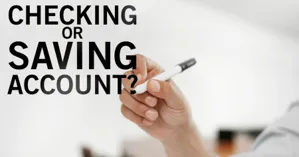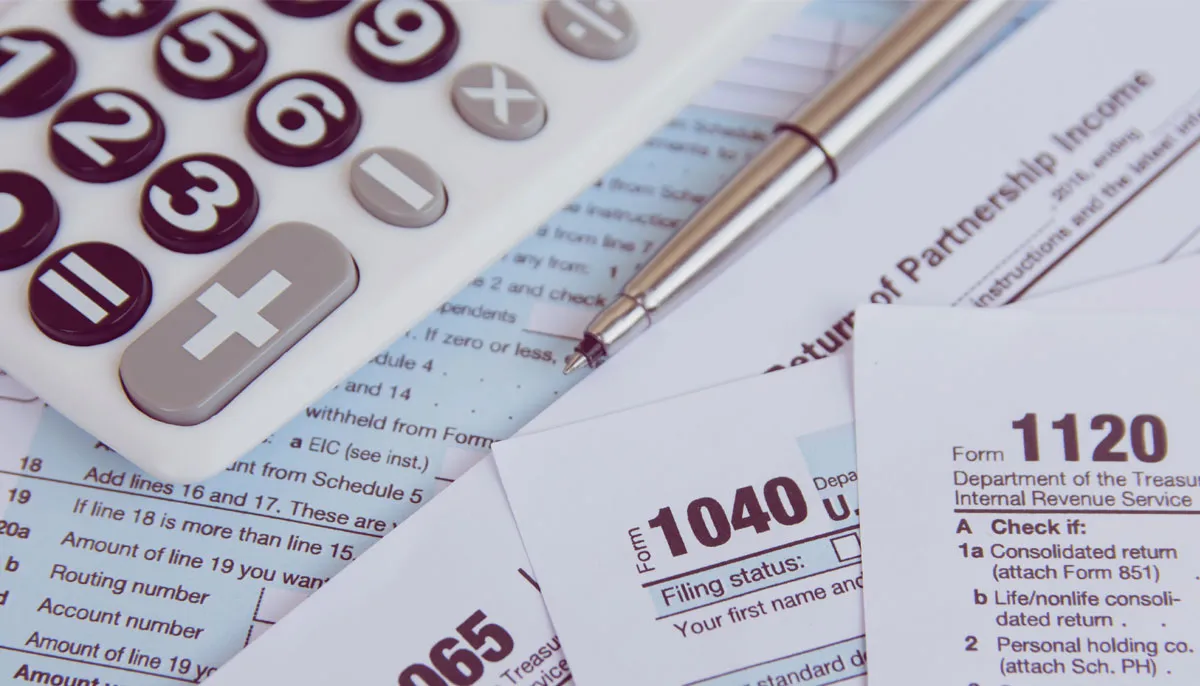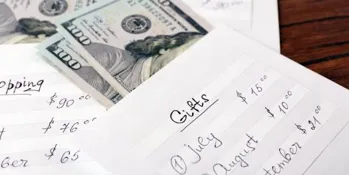
The envelope budgeting method has been around for years. Financial experts like Dave Ramsey have touted its benefits. Cash envelope budgeting, in particular, is a practical tool for managing personal finances by dividing income into different envelopes representing various budget categories. But this is a new day and age. People’s spending habits and income have changed. Does the envelope budgeting method still work?
What is Envelope Budgeting?
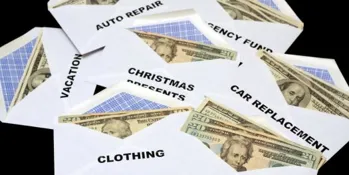
Definition of Envelope Budget System
Envelope budgeting is a hands-on approach to managing finances by dividing expenses into categories and allocating a specific amount of cash for each category. This method helps individuals track their spending, avoid overspending, and make intentional financial decisions. By using physical cash envelopes, you can see exactly how much money you have left for each budget category, making it easier to stick to your financial plan and save money.
Brief History and Evolution of the Method
The envelope budgeting system has been around for decades, with its roots in traditional cash-based budgeting methods. Originally, people would use physical envelopes to separate their money for different expenses, ensuring they didn’t spend more than they had allocated. Over time, the system has evolved to incorporate digital tools and mobile apps, making it more accessible and convenient for users. Despite its evolution, the core principle of the envelope budgeting system remains the same: to provide a tangible and visual way to manage finances. Whether using actual cash or digital envelopes, the goal is to help you stay within your budget and make mindful spending decisions.
How the Envelope Budgeting Method Works
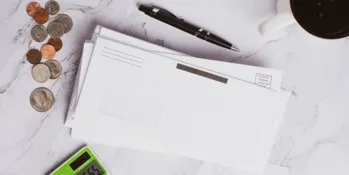
The job of the envelope budgeting method is to keep track of both your income and expenses.
The idea is based on cash. A paycheck is divided up into various budget categories using cash envelopes. Whenever money is needed for an expense, that money comes from the envelope that is dedicated to that expenditure.
Once you empty the envelope, the limit is reached and there is no more money to spend. You can’t make any more purchases for that category, or you must borrow from another envelope.
The point is to let you visualize how much money you have and where it is going. The result is you’re motivated to keep a budget. It holds you accountable if you break the budget too.
Keep in mind that you only spend what’s in the envelope. If your groceries come to $151 but you only have $150 in your envelope, you must put something back.
To set up your envelopes, start by identifying your essential expenses, savings, and discretionary spending. Allocate cash to each envelope based on your budget plan.
The beauty of the envelope budgeting method is there’s no way you can be in the negative. You only spend what you have – no credit cards.
The cash stuffing method helps control overspending by dividing physical cash into envelopes designated for specific expense categories.
How to Set Envelope Budgeting Method Up with Monthly Income
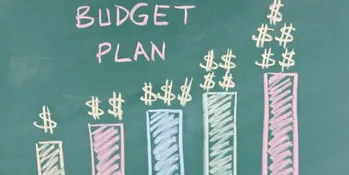
To set up your envelopes, you must first identify all your monthly discretionary expense categories. Keep in mind we’re saying discretionary, not fixed.
Your fixed expenses don’t go into envelopes. These should be automatically withdrawn from your bank account. Fixed expenses include:
- rent/mortgage
- car payment
- cell phone
- cable
- utilities
- other recurring expenses
You don’t really have control over your fixed expenses. Your rent is what it is. So, you budget for it and then turn your attention to the discretionary expenses, also known as variable expenses. Some of these variable expenses are:
- groceries
- entertainment
- eating out
- hobbies
- beauty
- clothing
You put the cash that you think you’ll need for the month in each individual wallet. Then you go to that envelope as you need it. For example, if you have an eating-out envelope, you can only spend the amount of money in the envelope for that category.
If you eat your way through all the money (pun intended), there isn’t anymore for you to use. You’ll have to wait until next month when you replenish the envelope before you can eat out.
The whole point is to keep you from overspending and ending up with a deficit every month.
Managing Expenses with Envelope Budgeting

What if I Pay Some of My Expenses Online?
While the envelope budgeting system is designed for physical cash transactions, it can still be adapted for online expenses. One way to manage online expenses is to set aside a specific amount of cash for online purchases and use a debit or credit card to make those purchases. Then, subtract the amount spent from the allocated cash to ensure that you stay within your budget. Alternatively, you can use digital envelopes or mobile apps that allow you to track your online expenses and allocate funds accordingly.
By incorporating online expenses into your envelope budgeting system, you can maintain control over your spending and ensure that you stay within your means. Remember to regularly review and adjust your budget to reflect changes in your spending habits and financial goals. This way, you can enjoy the benefits of the envelope budgeting system while accommodating the convenience of online shopping and digital payments.
Digital Envelope Method Works for Many
But in this digital age, having envelopes worth of cash sitting around may not be the sensible thing to do. And what about those businesses you can’t use cash for? It can be inconvenient.
There is a workaround.
A digital cash envelope budget method is safer and can be created with your bank or app. It’s possible to set up multiple accounts. You’ll only use certain debit cards for certain categories. By using a credit or debit card, you can adapt the traditional envelope budgeting method for a cash-free lifestyle, allowing you to track your expenditures while still adhering to strict budgetary constraints.
There are budgeting apps like Goodbudget, which is based on the envelope method, that can help you.
Use a digital bank like Sofi or Ally. They don’t have service fees, and there’s no minimum balance.
Go with a Cash Envelopes Digital Hybrid Solution
It might make sense to use a hybrid approach by combining cash with digital. You can use cash envelopes for expenses like groceries and entertainment or any other miscellaneous items. This method, known as cash stuffing, aids in controlling your budgeting by providing a hands-on approach to tracking expenses. Then, use the digital for everything else.
When buying something online, only use the debit card that corresponds with the item you’re buying.
Remember to keep track of your spending so you don’t overdraw your account.
Pros and Cons of the Envelope Budgeting Method by Budget Categories
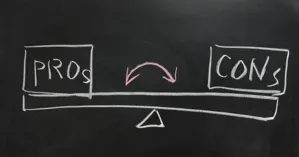
There are pros and cons to everything, and the envelope budget method is no different. In the realm of personal finance, financial advisors often highlight the benefits of this method for managing money effectively. So before you go to the trouble of setting up your envelopes, let’s discuss the upsides and downsides of this method.
Pros of the Envelope Budgeting Method
Seeing how much cash is in each envelope gives you a clear visualization of exactly what you have to spend. It brings it home for you. By knowing your monthly income, you can allocate it effectively across different spending categories using the envelope budgeting method. The result and hope is that it curbs your impulse spending. Once the envelope is empty, you’re done. You become aware of your spending habits.
This is an easy-to-understand concept and is simple to implement. It can be used with both the digital or cash method.
Cons of Envelope Budgeting Method
The envelope budgeting Method is not always practical for certain purchases. You can’t always pay cash for what you want to buy. And you may not be comfortable or feel safe with all that cash lying around.
Another downside is that while you’re holding your money in an envelope, it’s not earning interest. However, many would argue that it probably wouldn’t be in an account long enough to matter.
Managing categories like personal care can be particularly challenging. Personal care expenses can experience deficits, requiring careful financial tracking and reallocation of funds to manage effectively. This is especially true if you have a lot of categories. But that’s when an app could come in handy.
Conclusion
The envelope budgeting method is still a viable way to manage your finances. This is especially true if you are prone to impulse buying. It forces you to be mindful of how much money you have to spend.


